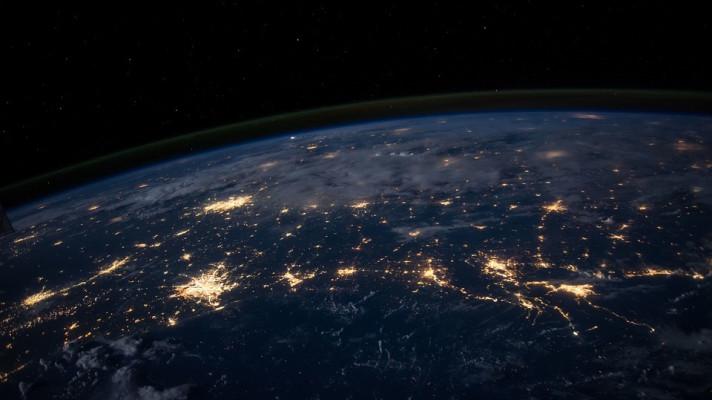Are waste LEDs hazardous?
Light Emitting Diodes (LEDs) are an energy efficient and mercury-free source of lighting, but like other electronic goods they could have some negative environmental impacts, according to research. A US study tested a selection of LEDs and found that they could be classified as hazardous waste owing to levels of lead, copper, nickel and silver. Their use of rare earth metals could also increase pressure on natural resources.
Over the last ten years, the market for LEDs has increased and they are being used in lighting for several applications, such as traffic signals, decorative lighting and office lighting for small areas ('task lighting'). LEDs contain a large number of earth metals, such as lead, copper, nickel, silver, gold and arsenic, which have toxic properties and/or are scarce. As the use of LEDs increases, so will their contribution to waste, which raises concerns about how to manage them at end-of-life, with fears that they could eventually have similar environmental impacts as other electronic waste, such as computers and mobile phones.
The study used standard toxicity leaching tests to examine whether nine different LEDs bought in the USA are classified as hazardous waste according to US federal and California regulations. The 5-mm pin-type LEDs represented five colours: red, yellow, green, blue and white. The non-white LEDs represented both low intensities (50 to 400 milli-candela (mcd)), suitable for single-LED indicator applications, and high intensities (900 to 9000 mcd), suitable for outdoor message signs. The white LED's intensity was 10,000 mcd, and was suitable for use in liquid-crystal display backlighting.
The results confirmed that the LEDs included high levels of iron, copper and nickel. Levels of gold and silver were lower. Under California regulations, the LEDs tested would be classified as hazardous waste. All LEDs tested, except the dimmer (low intensity) yellow LED, exceeded California's limits for at least one metal - copper, lead, nickel or silver. For example, levels of copper in the LEDs were found to be up to 3892 mg per kg, whereas the California limit is 2500mg per kg. Lead levels reached 8103 mg per kg, compared to the limit of 1000 mg per kg. However, under federal regulations, the only limit that was exceeded was that of lead concentration in landfills from low intensity red LEDs, which was 186 mg per litre (the threshold is 5 mg per litre). The low intensity red LEDs were the only ones that would not be compliant with the EU's RoHS Directive1, which sets a lead limit of 0.1 per cent per 1000 ppm of homogenous material.
Although present in small amounts, the use of silver and gold had the greatest implications for depleting resources. Copper, iron, lead, nickel and silver contributed most to the toxicity potential of the LEDs tested. Since the non-RoHS compliant, low intensity red LEDs have a high content of lead, they exhibit the highest toxicity potential. Higher concentrations of copper, iron and nickel give brighter LEDs higher toxicity potentials than their low-intensity equivalents. Copper and nickel are of particular concern because of potential to harm ecosystems, if leached from landfill, suggesting that all LEDs have potential to damage ecosystems as they all contain these metals. Overall, the white LED, as used in lighting, appeared the least harmful because it contained less copper and did not contain arsenic or lead.
The conflicting assessment of 'hazardous' by national and state regulations indicates the importance of developing seamless regulatory policies across national and international boundaries. The EU's restriction on certain hazardous substances in waste electrical and electronic equipment2 goes some way towards this in Europe, but greater co-ordination may be needed across countries and continents.
Additionally, although impacts on resource depletion currently seem small, this could increase, especially with the development of high power LEDs. Better recycling technologies and a redesign of LEDs to use fewer rare metals could help reduce these impacts. The results of this study could guide manufacturing and product design by highlighting the need for less harmful alternatives to some of the substances in LEDs.
- See: http://eur-lex.europa.eu/LexUriServ/LexUriServ.do?uri=CELEX:32002L0095:EN:NOT
- See: http://ec.europa.eu/environment/waste/weee/legis_en.htm
Contact: jmschoenung@ucdavis.edu
